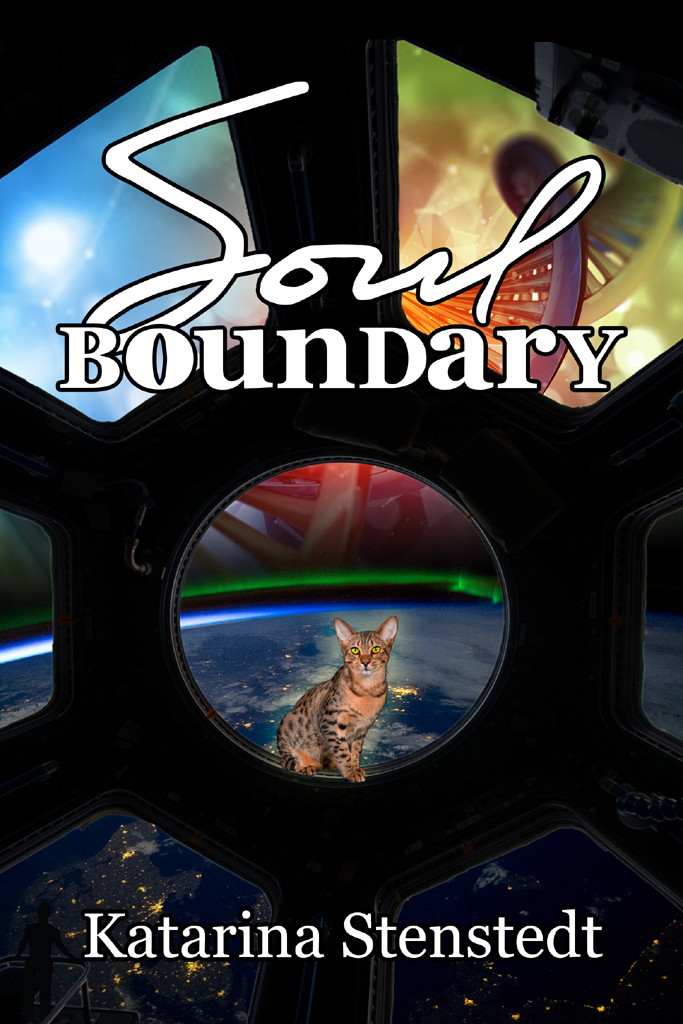A guest post from Gene Anderson, who designed the cover.

When designing anything, whether an image, a website, or a piece of software, to me the first question is always: what is it about? If it’s art, what is it trying to convey? If it’s software, what is it trying to accomplish? The style of the art, or the best computer technologies to use, will generally come out of those things.
For the Soul Boundary cover, it was clear that, well . . . souls would be part of the design. Except no one knows exactly what a soul is, or anything tangible about them. We just know that the idea of a soul is at the root of most major religions, and they represent who we are as unique, sentient beings. Which by definition makes them pretty darn complex. There are a huge number of pieces connected in a staggering, ever-changing way. How do you convey that in a piece of two-dimensional artwork?
My first ideas for a cover looked something like a constellation of stars surrounded by a nebula, or a bunch of neurons and a colorful fog. Even after adding in weight on some connections to suggest shapes like a person (or a cat), the results were too abstract. Visually appealing and interesting, but it didn’t click.
So what other ideas and elements were there to draw from? I talked with Katarina some more, and came away with: spirituality, quantum physics, genetic engineering, interstellar space travel . . . hmm. Now we’re getting somewhere. Still abstract ideas, but at least some that we have a mostly common frame of reference for. And of course, there’s Zoë, the transgenic cat. Her role in the book is small (or is it?), but like the other main characters, Katarina had a strong visual sense of what she looked like.
So . . . start with a planet (thanks, NASA!), add in a strand of DNA or two, a constellation or maybe a suggestion of neural pathways or quantum states, and we had something closer. The boundaries represented by the atmosphere and magnetosphere were added bonuses. I wanted to include the spaceship Svalbard, but nothing I came up with worked, so I went back to NASA, and used an image from the International Space Station (ISS) cupola as the basis of suggesting the inside of a spaceship.
The final element was Zoë. She’s a beautiful, striking-looking cat, and although she’s not the central character of the book, it seemed fitting she would be in the center of things, because our cat, Rosie, always wants to be in the center of things.
All these elements are at vastly different scales, from sub-atomic to molecular to planetary to interstellar, with Zoë and the Svalbard somewhere in between. The results end up playing with your perceptions of scale. Is Zoë inside the ship? Outside the Temenos or a scanning chamber? In someone’s mind? How big is the ship, and how big is this view port looking out on a planet? The juxtaposition of scales lead to some other ideas in the image, which are left undescribed for the curious to find.
